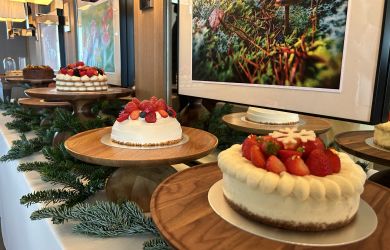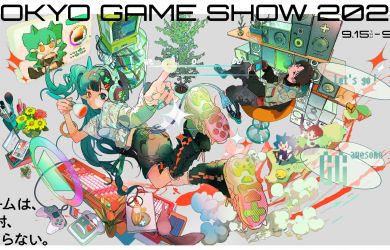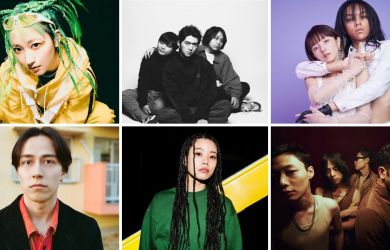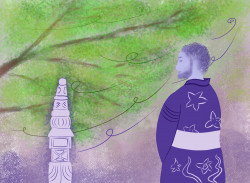
December 25, 2008
Nakae
Sample horseflesh in all its forms at this old-style Minowa eatery
By Metropolis
Originally published on metropolis.co.jp on December 2008
Let’s face it—we’re carnivores. We eat all manner of fish, fowl and other flesh, but most of us never take seriously the old adage, “I’m so hungry I could eat a horse.” At Nakae, you can.
Run by the fourth-generation owner and master Nakae-san, this lovely old establishment in Taito-ku has been serving horseflesh for over 100 years. The meat, which is often called sakura niku because of its bright color, can be ordered raw as sashimi, as sushi, or as steak tartare; it can come grilled like steak; or, if you like, you can cook it at your table, sukiyaki-style, in a shallow iron pot.
This sakura nabe dish is one of the most popular items on the menu and features different cuts of meat (depending on your taste and pocketbook): rosu (¥1,700), bara (¥2,400) or filet (¥2,500). In your shallow nabe pot will be several thin, tender slices of meat, some edona (a locally grown vegetable with a pleasant mustard-green sharpness), a few hon-shimeji mushrooms, tofu, and a rich warishita broth made of dashi, soy sauce and mirin. Once the stew starts bubbling, you remove each tidbit one by one, then dip it into a raw egg “sauce.”
If you choose sakura nabe, order the ato gohan set (¥600), which includes another raw egg, mashed tofu, small bits of meat and a bowl of rice. The first three items are mixed and scrambled into the remaining sauce to make a thick topping that can be spooned over your bowl of rice. The basashi sashimi (¥1,700), basashi zushi (two pieces ¥800) or the horsemeat tartare (¥1,400) all make fine appetizers. Other side dishes that shouldn’t be missed are the simmered oedo daikon (¥480) and the edona no oshitashi, marinated Edo leaf (¥480). The weekend-only Nakae lunch course, which includes a bit of everything, is a bargain at ¥2,900.
At first, I was hesitant to partake of horseflesh. Hanging on the wall are sumie ink paintings of the noble creatures gamboling through the four seasons. But the menu points out that the meat has more protein, less fat and half the calories of beef or pork. I put Black Beauty and Mr. Ed out of my mind and ordered. And I must confess, they—I mean it—was delicious.
Up on the kamidana (“god’s shelf”) in the main dining room are a seemingly discordant pair of deities: Daikoku-sama, the god of business prosperity, and Batou-sama, the god and protector of horses. Standing side by side, maybe they’ve arranged a truce.









